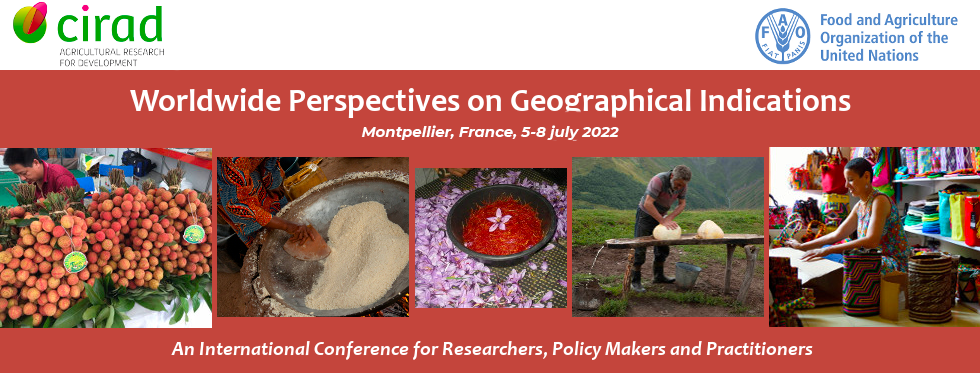In recent years, the focus on the sustainability of food supply chains and their impact at local level has increased. In this context, Food Quality Schemes (FQS), that include Geographical Indications (GIs) represent good examples of food production that tends towards sustainability through good practices handed down in Code of Specifications (CoS) by GIs Producers Group. These practices produce positive externalities on environmental, social and economic aspects that can be considered as Public Goods (PGs) (Vandecandelaere et al., 2009; Belletti et al,2017,Arfini et al.,2019).Despite PGs produced by GIs are not directly visible to consumers at the time of purchase and consumption, they can contribute positively to rural development in several ways in term of immaterial goods (like reputation) that contribute to market efficiency, local knowledge, cultural heritage, social cohesion and local biodiversity (Arfini et al., 2021).The importance of PGs is also highlighted by the United Nations, which categorised seventeen Sustainable Development Goals (SDGs), mostly directly related to the “food environments” (HLPE, 2017) of the GIs production system. The generation of PGs is codified by rules adopted by producers considering the local “food environments” and formally defined by the CoS.Considering these issues, some of the SDGs represent a tangible image of the sustainability related to a GIs production system as consequences of the adoption of rules and of the services provided in the territories. Thus, the objective of this paper is to analyse and assess the capacity of GIs system to generate PGs directly attributable to some SDGs. To this aim, a methodological framework able to assess the capacity of the GIs system to generate PGs over-time is proposed considering different GIs typologies. The paper discusses the PGs generated by CoS of 29 GIs analysed within the H2020 Strength2food project framework (Bellassen et al, 2022; Arfini et al., 2019). In this context, the methodological proposal consists of four steps: i) the analysis of PGs directly linked to CoS. For this purpose, three classes of PGs have been considered: Cultural Heritage Conservation, Socio Economic and Natural Resource Use; ii) the linking of the PGs to SDGs and to specific indicators using the FAO-SAFA (2013) classification. To this aim, forty-two indicators were identified corresponding to six SDG; iii) the definition of the criteria for evaluating the identified indicators; iv) the evaluation of PG generation, allowing an assessment of the impact that GI systems can generate in the different production contexts. The analysis developed by reading the CoS and linking the impacts to PGs, identified as SDGs, has made it possible to reaffirm how the presence of PGs associated with FQS products is a positive qualifying attribute for the food product and for the entire agri-food system that generates it. Furthermore, PGs contribute to the achievement of the UN SDGs, responding to society's needs linked to the environmental, socio-economic, and cultural dimensions.Therefore, a methodology that defines a logical process aimed at assessing PGs helps local policy makers, operators, and managers of GI groups to define which PGs should be monitored over time.



